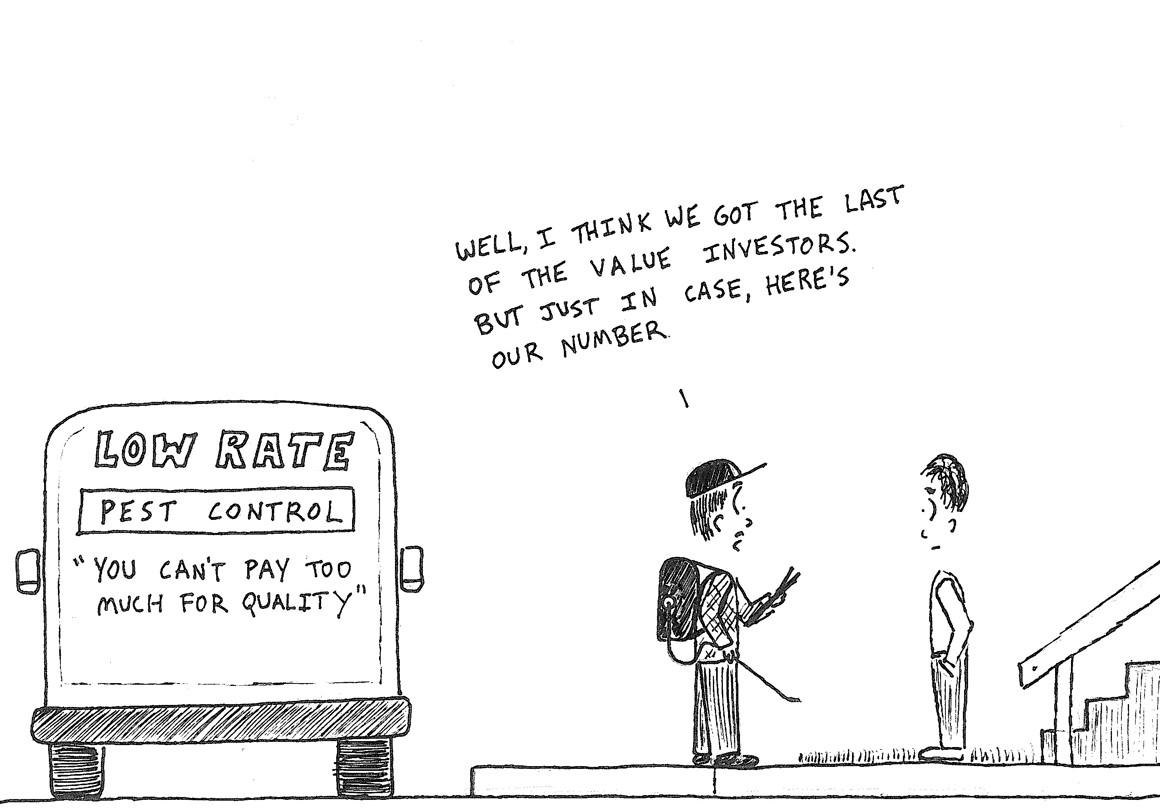Morgan Stanley Spots A Major Challenge Facing Today’s Market: What If Things Get Better?
Authored by Andrew Sheets, chief cross-asset strategist at Morgan Stanley
This week’s Sunday Start is 20% on why we’d advise investors coming back from the summer to stay cautious, and 80% on a particular challenge facing today’s market: What to do if things get better.
Over the last year, global equities are up just 1% (with 12.5% annualized volatility). The mighty S&P 500 is up 4%. After the challenges of the last 12 months, a reasonable question to ask is whether conditions are better, worse or similar to a year ago, when we sat at similar levels. Broadly speaking, we think they’re worse. Relative to September 2018:
- Global growth has deteriorated, with US, eurozone and China PMIs falling below 50 and showing acute weakness in new orders.
- The global trade backdrop is worse, with volumes falling and US-China tensions escalating despite repeated reports of progress.
- Government bond yields and the yield curve are sending more troubling signals, with the market pricing in more and more policy easing but lower and lower long-term rates and inflation.
- Oil and copper prices are lower, consistent with more challenging global growth.
- Earnings growth globally has decelerated sharply. Global equity earnings were growing at 17%Y in 3Q18. For 3Q19, they’re growing at just 1%Y.
In short, investors are returning to similar levels in equity and credit as a year ago and a backdrop that’s at least as unsettling. Since the last 12 months were no walk in the park, we think caution is warranted, and remain underweight global equities and credit.
But what if we’re wrong? The development most likely to change our view would be a significant improvement in global growth/trade (rather than, say, new central bank action, or a sudden asset allocation shift from bonds to stocks). If we’re right that better data hold the key to removing recessionary fears and boosting market confidence, there’s an important caveat: the bull case involves a material sting in the tail, and this week gave us a preview.
Let’s assume our below-consensus view for global growth is wrong, and improvement comes through a combination of thawing trade tensions, additional China stimulus and global PMIs bottoming. In this scenario, yields and inflation expectations would rise meaningfully, as markets assume less easing is needed and better days lie ahead. The yield curve would steepen (ed: recall “Curve Inversion Is Bad, But It’s The Steepening After That Kills“), as central banks keep policy easy in the near term. Higher yields and a steeper curve would spark a rally in financial stocks. Smaller and more cyclical stocks would benefit from hopes of economic re-acceleration. Higher-quality businesses would no longer warrant special premiums.
This is nothing more than a standard early-cycle playbook, but it’s worth considering. While some investors are positioned for mid-cycle, others late-cycle and still others recession, very few appear to have such a scenario in mind. Consider:
- Bond markets are priced for yields to stay low and the curve to remain unusually flat.
- Expected inflation in the eurozone, Japan and the US is in the 7th, 10th and 9th percentile versus the last 15 years.
- The valuation of Value stocks versus the market is in the 11th percentile versus the last 20 years.
- Quality stocks versus the market are in the 99th percentile.
- US small versus large-cap stocks are in the 6th percentile.
What does this mean? We focus on two implications.
First, we continue to believe, strongly, that equity prices and bond yields are likely to keep moving in the same direction (stocks higher/yields higher), consistent with the equity bull case being tied to better growth rather than policy action. We remain cautious in part because our economists are more negative than consensus on the global growth outlook (yet also forecast fewer rate cuts from the Fed and ECB over the next year than markets imply).
Second, the extent to which investors are paying up for various forms of ‘defense’ suggests there are better cross-asset alternatives, which can still diversify if growth weakens further with less risk if things improve. Long JPY, long Asia equity vol and short US high yield credit are all hedges that we think have good risk/reward and relatively ‘normal’ valuations. We dislike Quality and Growth relative to the market in both the US and Europe. We think they are expensive, over-owned and more cyclical than appreciated.
This week’s rally shined a light on the market’s bull case, and the importance of a better economy to that story. Given our cautious views on growth, trade progress and central bank action relative to consensus, we maintain our cautious stance. But this week was a shot across the bow: if we’re wrong and growth is set to reaccelerate, the market isn’t positioned for it. The moves could be large.
Tyler Durden
Sun, 09/08/2019 – 18:30
via ZeroHedge News https://ift.tt/2HRG2Eo Tyler Durden
